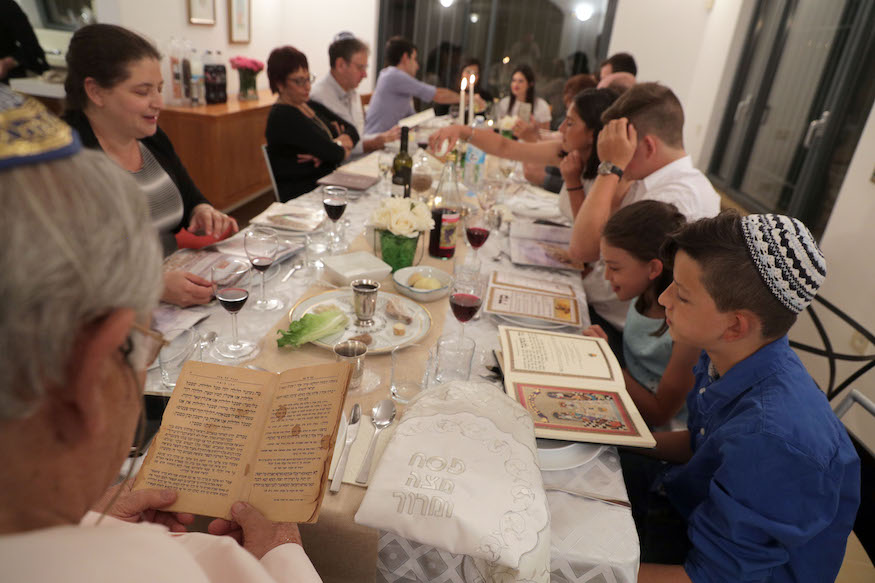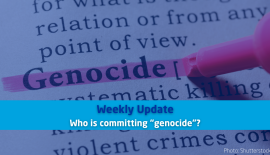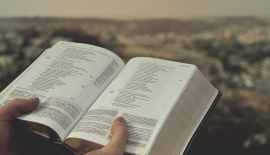Passover – A Joyful Time for Family
Pesach (Passover) may well be the most central feast on the Jewish calendar. It celebrates the exodus from Egypt (Exodus 12), not just as something that happened in the history of Israel, but as a reality of life. In the Haggadah (the Passover liturgy), it is said that everyone should celebrate Pesach as if he, or she, at this moment is leaving Egypt. That is a core Jewish understanding. By remembering the exodus, you participate in it, experiencing yourself the liberation from Egyptian slavery.
Like all Jewish feasts, it is first and foremost celebrated in the family. The children play an important role, not just during the family meal on the eve of Pesach, but also in the preparations before the feast.
Preparations start right after Purim. One of the central features of the feast is that, for seven days, one is allowed to eat only unleavened bread, the matzah. Anything leavened (bread or beer) is banned. After Purim, which is four weeks before Pesach, everybody starts to clean the house, to do away with all leaven. On the last day before Pesach, the children search the house with a candle and collect the last little crumbs, which are then burnt. Of course, this has a deeper meaning: to clean yourself and your life from sin (1 Corinthians 5:6,7).
Pesach means to pass over. The Bible tells that in the night of the exodus, all firstborn males of Egypt were killed. But the angel of death passed over the houses of the Israelites that had the blood of the Passover lamb on the doorposts. The Passover lamb was eaten by the family. Today, according to Jewish tradition, since there is no temple, it is no longer possible to slaughter the Passover lamb.
On the seider table, there are only references to the sacrifice in the temple.
The central event is the Pesach meal on the eve of Pesach. It is called the seider, meaning ‘order’, since it follows a fixed order. Special foods are eaten, and the story of the exodus is recounted and discussed in all its various aspects. The recounting is called the Haggadah (meaning ‘telling’). Over the centuries, the Haggadah has grown and developed into a fixed text. The basic structure, however, dates back to the time of the second temple and has also left its traces in the New Testament account of the last supper. At the seider table, though, each one can share his or her own experience of liberation.
Next year in Jerusalem! L’Shana Haba’ah B’Yerushalayim (Hebrew: לשנה הבאה בירושלים)
Important elements are the four cups of wine, each marking a stage in the celebration, the matzah, and bitter herbs, recalling the bitterness of slavery. The youngest child asks the important question of what is different this night from all other nights, as we do so many unusual things. Father answers: we were slaves in Egypt, but now we are free. The celebration concludes with the wish: next year in Jerusalem!




